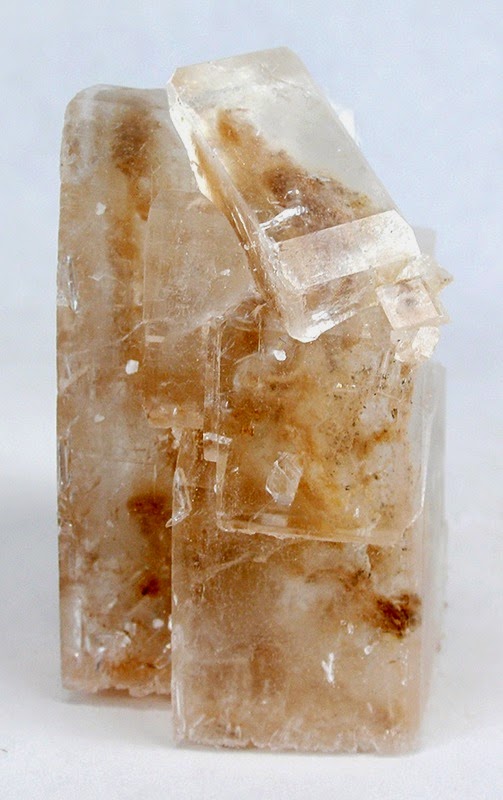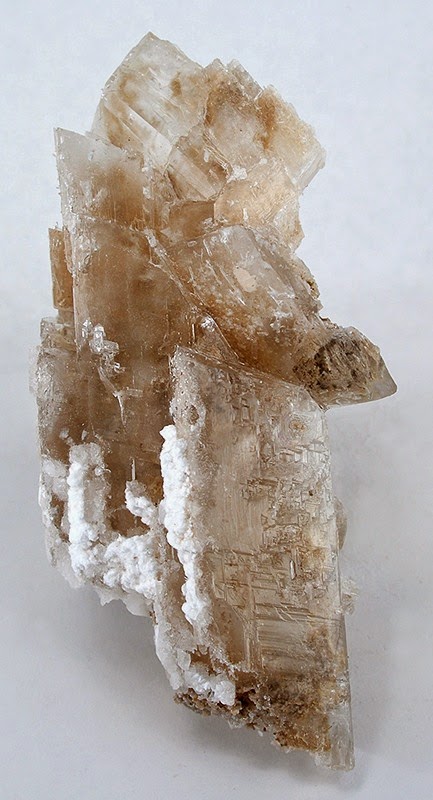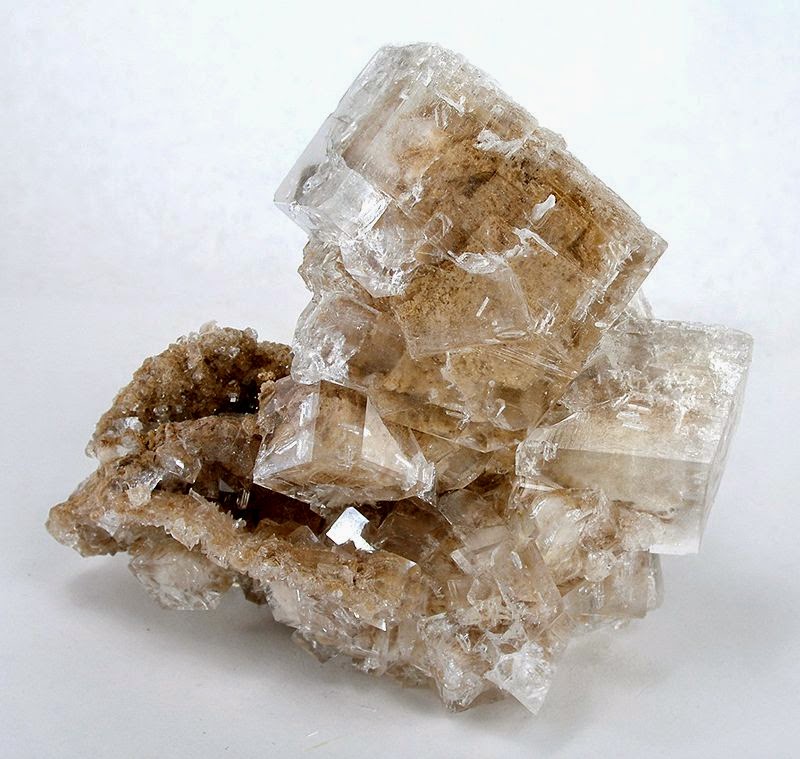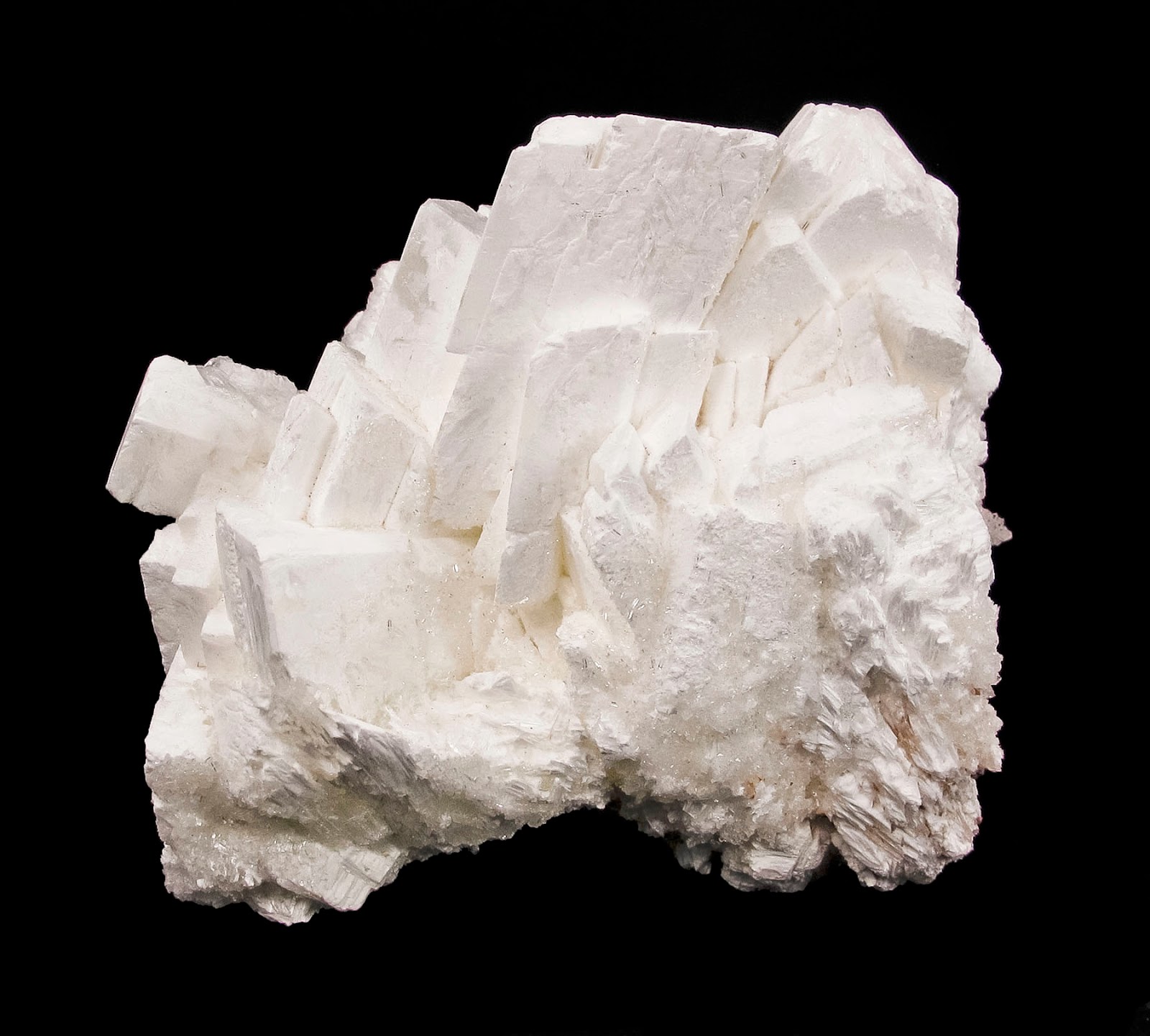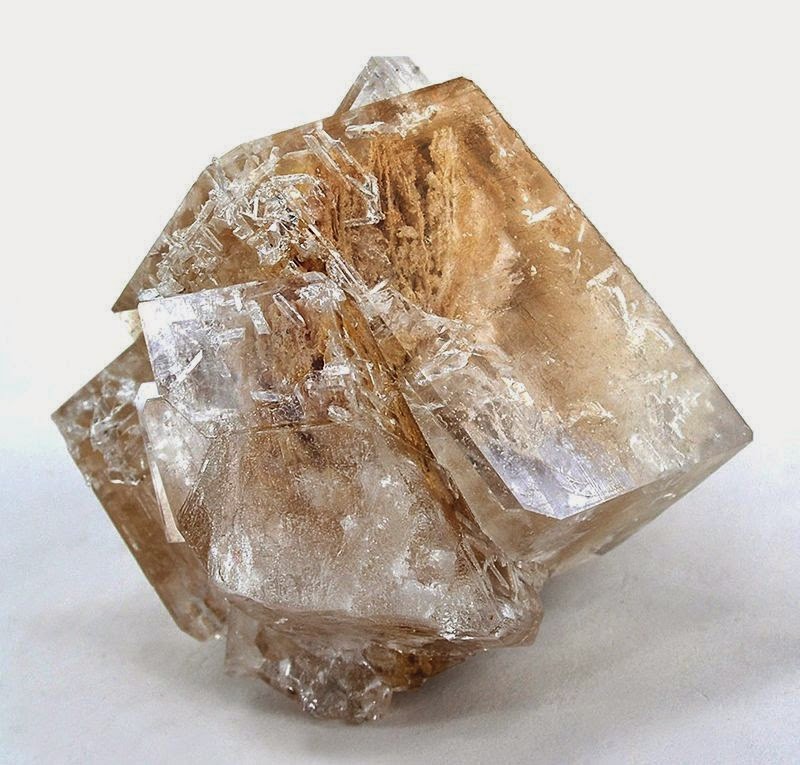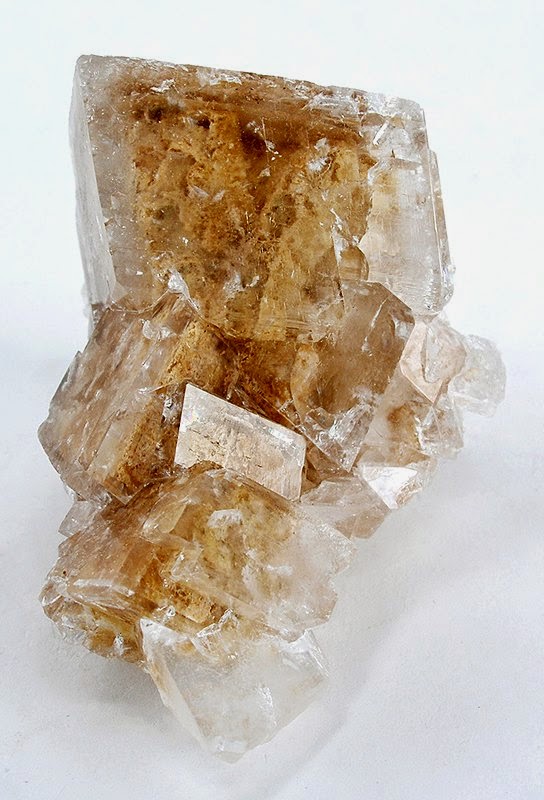
Chemical Formula: Ca(H4B3O7)(OH)·4H2O
Locality: Mount Blanco mine, Mount Blanco, Black Mountains, Death Valley, Inyo County, California.
Name Origin: Named after it’s locality.
Inyoite, named after Inyo County, California, where it was discovered in 1914, is a colourless monoclinic mineral. It turns white on dehydration. Its chemical formula is Ca(H4B3O7)(OH)·4H2O or CaB3O3(OH)5·4(H2O).
Physical Properties
Cleavage: {001} Good
Color: White, Pinkish white.
Density: 1.87
Diaphaneity: Transparent to Translucent
Fracture: Uneven – Flat surfaces (not cleavage) fractured in an uneven pattern.
Hardness: 2 – Gypsum
Luminescence: Non-fluorescent.
Luster: Vitreous (Glassy)
Magnetism: Nonmagnetic
Streak: white
Photos :
